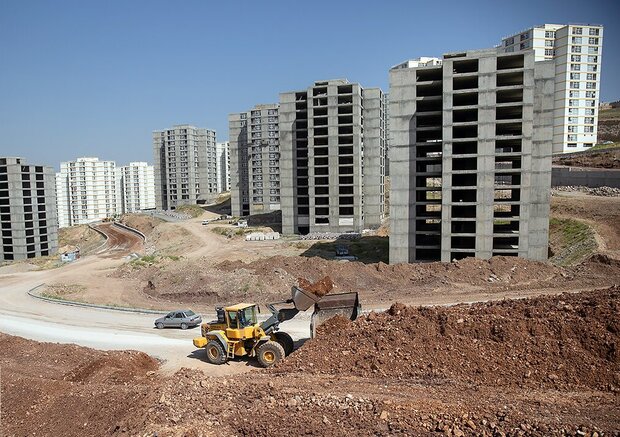The document titled “Low-Cost Housing Model Considering Economic and Social Factors: Case Study of the Architecture of Kerman’s Contemporary Residential Buildings” presents a comprehensive analysis of low-cost housing solutions in Kerman, Iran. It emphasizes the need for affordable housing that addresses both economic constraints and social factors affecting residents.
Introduction
Kerman, like many urban areas, faces significant challenges in providing adequate housing for its growing population. Rapid urbanization has led to increased demand for affordable housing, particularly for low- and middle-income families. The document explores how architectural design and planning can contribute to creating sustainable housing solutions that meet the needs of diverse socio-economic groups.
Economic Factors
Affordability and Cost-Effectiveness
The study highlights the importance of affordability in housing design. It identifies key economic factors that influence housing costs, including land prices, construction materials, and labor costs. The authors argue that a successful low-cost housing model must balance quality with affordability to ensure that it is accessible to low-income families.
Financial Models
Various financial models are discussed, including microfinance options and community savings programs. These models enable families to invest in their homes gradually, reducing the financial burden associated with traditional housing loans. The document emphasizes the role of NGOs and government support in facilitating these financial mechanisms.
Social Factors
Community Engagement
A significant focus of the research is on community involvement in the housing development process. Engaging residents in decision-making fosters a sense of ownership and responsibility towards their living environment. The study outlines successful case studies where community participation has led to better-designed living spaces that reflect local needs and preferences.
Cultural Considerations
The document also addresses cultural factors influencing housing design. It emphasizes the importance of incorporating local architectural styles and cultural practices into new developments. This approach not only enhances aesthetic appeal but also strengthens community identity and cohesion.
Architectural Design
Sustainable Practices
Sustainability is a central theme throughout the document. The authors advocate for eco-friendly building materials and energy-efficient designs that minimize environmental impact. By integrating sustainable practices into low-cost housing projects, developers can create healthier living environments while reducing long-term operational costs for residents.
Flexibility in Design
Flexibility in architectural design is highlighted as a crucial element for accommodating diverse family structures and lifestyles. The study suggests that adaptable floor plans can cater to changing needs over time, allowing families to modify their homes without significant financial strain.
Case Studies
The document presents several case studies from Kerman that illustrate successful low-cost housing initiatives. These examples demonstrate how innovative design solutions can effectively address both economic constraints and social needs:
- Community-Led Projects: Initiatives where local communities have taken the lead in planning and constructing their homes have shown positive outcomes in terms of satisfaction and sustainability.
- Public-Private Partnerships: Collaborations between government entities and private developers have resulted in affordable housing projects that leverage resources from both sectors effectively.
- NGO Involvement: Non-governmental organizations play a vital role in facilitating access to resources, training, and technical assistance, enabling communities to build their homes.
Conclusion
The document concludes by emphasizing the need for a holistic approach to low-cost housing that considers economic viability, social factors, and architectural design. It calls for collaboration among various stakeholders—including government agencies, NGOs, architects, and community members—to develop sustainable housing solutions that empower residents and improve their quality of life.By addressing these interconnected aspects, the proposed low-cost housing model aims not only to provide shelter but also to foster social cohesion and economic development within communities in Kerman. The insights gained from this study could serve as a valuable framework for other regions facing similar challenges in affordable housing development.

Further reading:
[PDF] Low-cost Housing Model Considering Economic-Social Factors (Case Study ijumes
[PDF] Islamic Republic of Iran Ministry of Housing and Urban Development … openknowledge.worldbank
